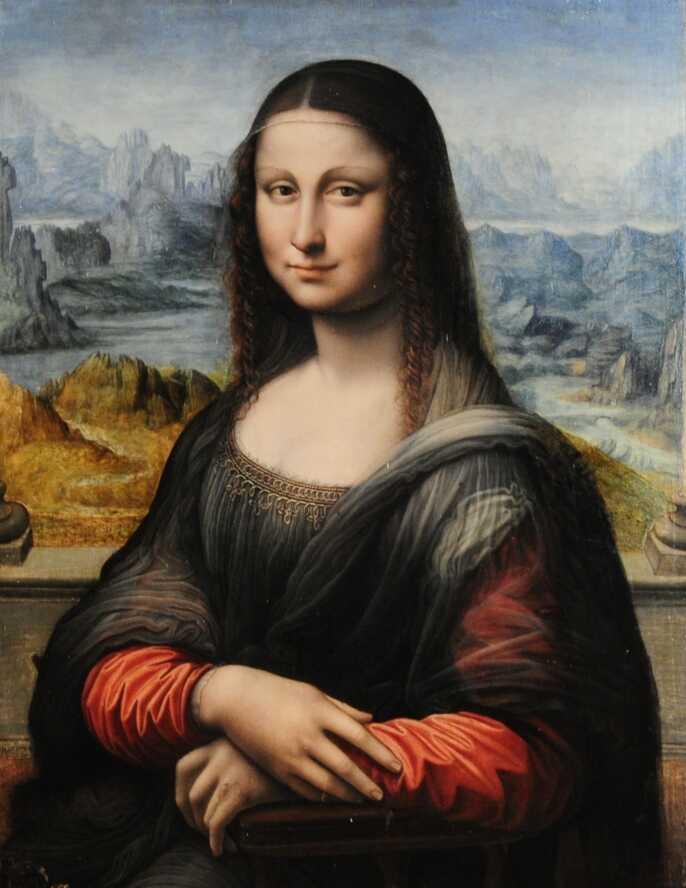Introduction
The Mona Lisa is among the globe’s most popular paintings because of several reasons. First, it is the brainchild of art genius Leonardo Da Vinci, who painted it as a respected and talented painter during his prime. However, several other features of the painting, apart from its captivating dynamics, make it more attractive. The history of Leonardo Da Vinci and the Mona Lisa has been subject to heated arguments and mystery. Still, millions of people flock to the Louvre Museum in Paris, where the art piece is stored. Although Leonardo Da Vinci created several other art pieces, the Mona Lisa stands out because it represents the embodiment of a powerful, peaceful, and perfect woman.
Background and History of Leonardo Da Vinci and the Mona Lisa Painting
Leonardo Da Vinci is a phenomenal artist, inventor and creative thinker, born in a nation known as Tuscany, present-day Italy. During his time, he was known as Leonardo of Florentine because he lived near Florence. However, many people came to associate him with Vinci, allowing him to be recognized as Leonardo Da Vinci for ages. The Mona Lisa is a legendary piece of art painted by the artist in 1503 in a private studio in Florence (Mehra & Campbell, 2018). Although the painting shot to fame and gained its reputation because of the artistry behind the work, several features of the painting make it stand out because it offers a unique representation of a renaissance woman who is beyond her time.

The most eye-catching attribute of the Mona Lisa is its mysterious smile that leaves everyone awed. However, a closer look reveals that the lady does not have eyebrows or eyelashes, which is common with most women during the period who either shaved them or plucked them out. Nevertheless, the lady’s eyes are fixed on its audience, which is not a habit of women in the renaissance period because they were obligated to respect men (Mehra & Campbell, 2018). Thus, they never looked into people’s eyes directly and instead sustained their humility towards men by looking away. To date, there are arguments over the identity of the woman. Most historians suggest that the portrait was that of Lisa Gherardini, the wife of a cloth merchant in Florentine.
Poem and Reflection
A beautiful woman,
Sitting with her arms crossed over one another
Bearing a faint smile and a flawless facial structure that represents her purity
Are just but a few features, which are a tip of the iceberg
When describing the fascination that lies behind the famous Mona Lisa,
Leonardo Da Vinci
Probably took a lot of time and inconsumable effort to design such an entity.
The image does not only depict power and might
It also provides a framework to perceive women as a force
Nevertheless, it does not insinuate any forms of coercion toward servitude
Instead, the image offers depict a noble and pious character
Who warrants control over anyone who sets eyes on her
Without saying a word
Or moving a finger
Conclusion
The Mona Lisa by Leonardo Da Vinci is a revolutionary painting that has stood the test of time. Since its creation, kings and powerful people have sought its ownership to steal it and keep it hidden from the public. However, the Mona Lisa is a good example of the complexity of human creativity, allowing it to serve as a reference point for established painters.
Reference
Mehra, M. R., & Campbell, H. R. (2018). The Mona Lisa decrypted: Allure of an imperfect reality. Mayo Clinic Proceedings, 93(9), 1325-1327. DOI:10.1016/j.mayocp.2017.12.029